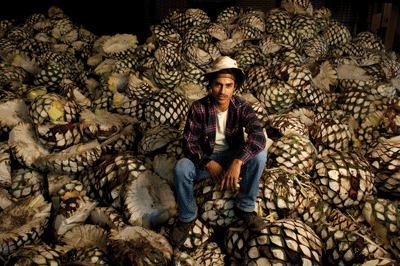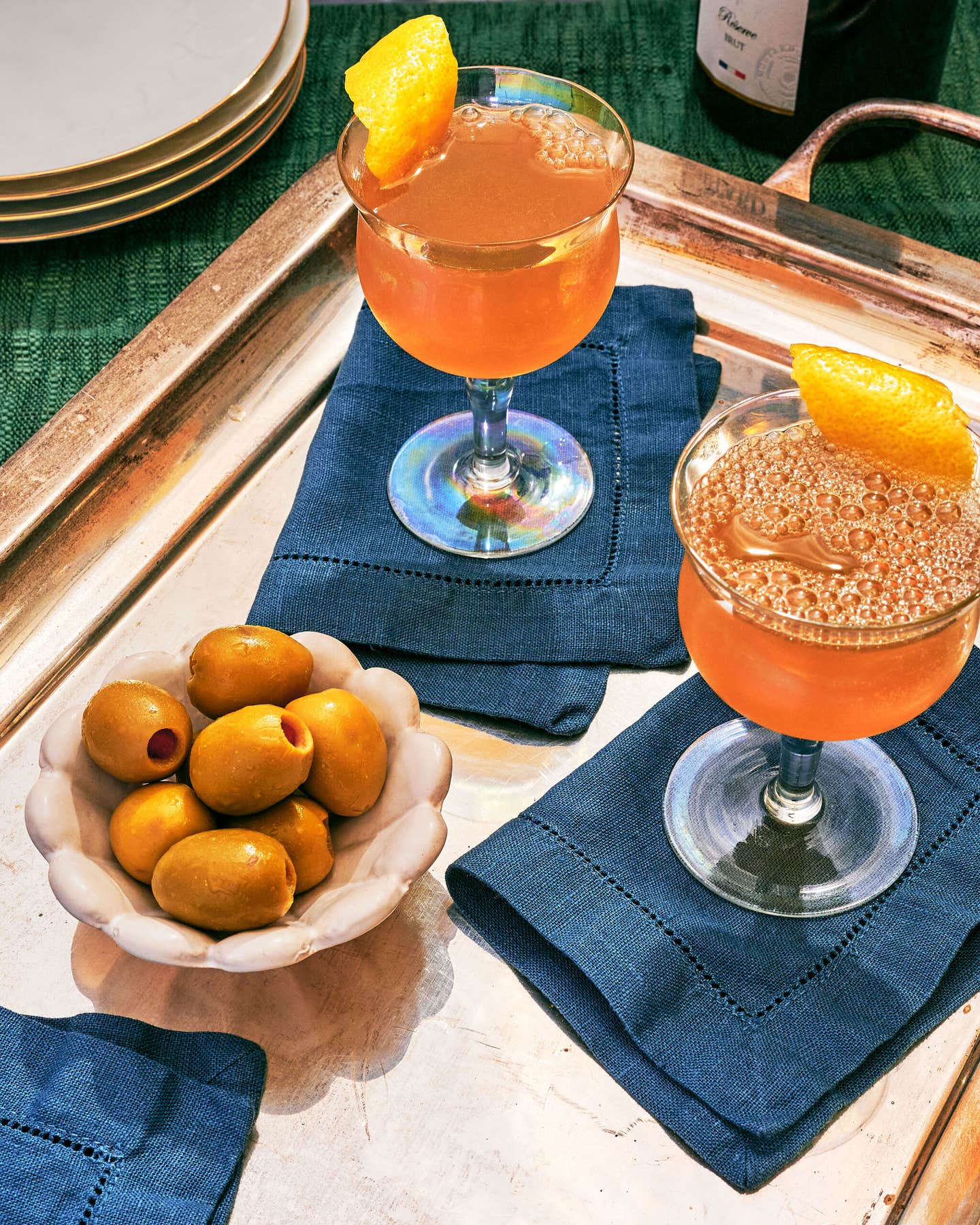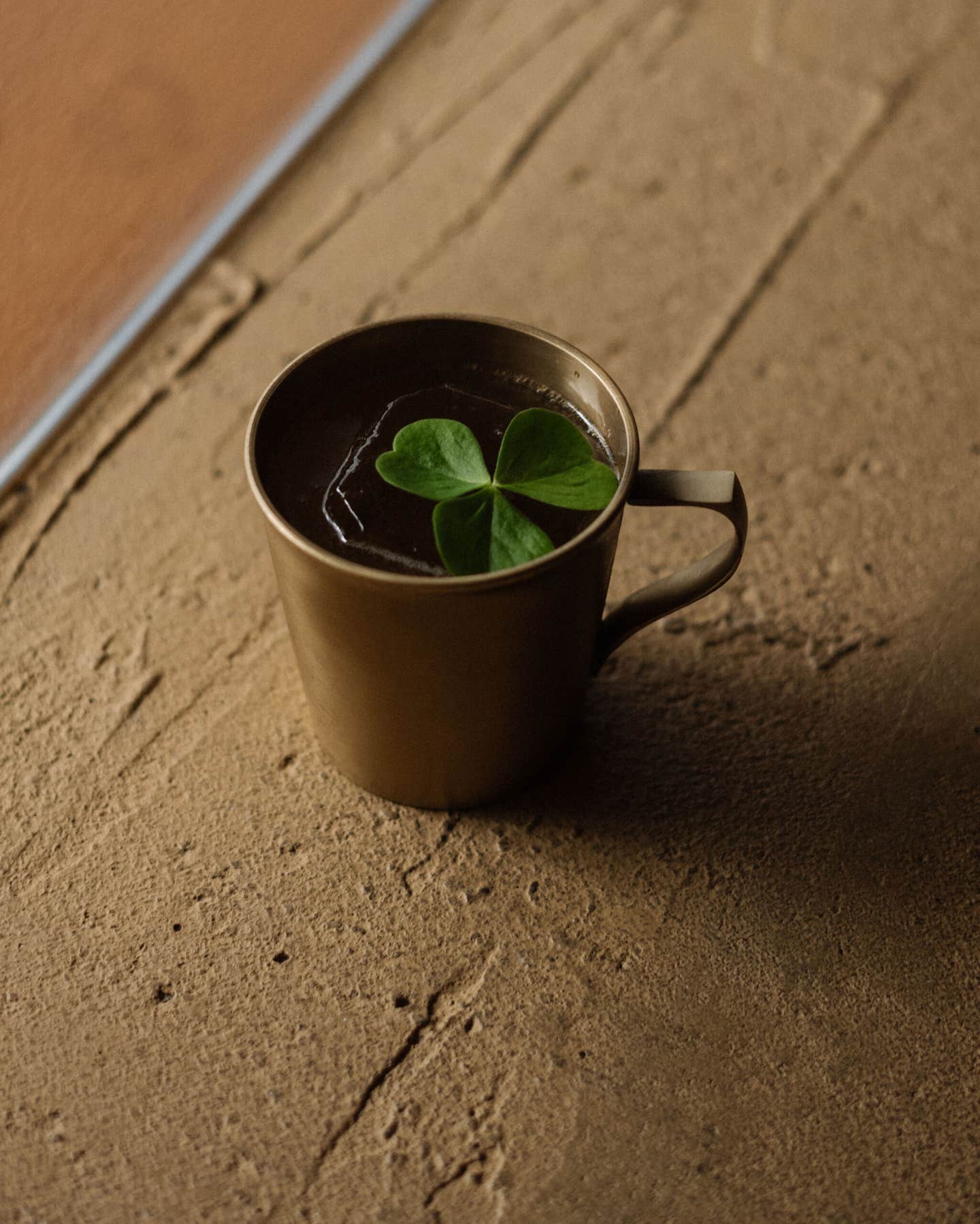
One night last fall in the Mexican city of Oaxaca, I spent several hours in a shoe box-size bar called Mezcaleria Los Amantes. I'd arrived just before closing, and I told the owner, a painter named Guillermo Olguin, that I'd like to taste some very fine mezcal, the spirit distilled from the fermented hearts of the agave, a succulent native to Mexico. After the last of the other customers had left, he began pulling down the good stuff: handblown bottles containing obscure artisanal mezcals from all over Oaxaca State, the traditional center of mezcal making. These were serious spirits, wild and unrestrained, a far cry from the mellow top-shelf tequilas and cheap mezcals I'd known in the United States. Olguin had collected them on motorcycle trips throughout southern Mexico, and for him each one was a postcard of the landscape and of the palenquero, or mezcal maker, who had created the spirit. There was a bizarre mezcal from Yautepec with a perfumed nose; an elegant and scotch-like mezcal that delivered sweet smoke on the palate; and one made from tobala agave that was rich and slightly bitter, with flavors of chocolate and coffee. "The palenqueros are artists, and this is the gallery," Olguin said, gesturing to his bottle-laden shelves.
Mezcal is the national spirit of Mexico, first made by pre-Columbian peoples who roasted and fermented the spiny agave plant (also known as maguey). Over time, distinct regional styles of mezcal developed, and the one traditionally made near the town of Tequila, in the state of Jalisco, became the most popular. Oaxacan mezcal can be made from a number of different species of agave, including the hardy espadin and the prized t_obala_, a tiny wild-mountain variety. By law tequila may be made with only one species, the blue agave, and in the past few decades tequila production has become increasingly mechanized: the agave is cooked in steam ovens and shredded by machines. Sugars, enzymes, and commercial yeasts have been introduced to the making of tequila, and while the resulting spirit is smoother than traditional mezcal, it's also less expressive of the place where it's made and of the plants that grow there. A few distillers in Oaxaca use industrial processes to make mezcal, but true aficionados seek out handcrafted spirits like the ones I was tasting with Olguin, made in the pueblos of the Oaxacan hills by men using traditional methods that haven't changed in generations.
Jonathan Barbieri is one such aficionado. I met the expatriate American artist two years ago at a dinner party in the Oaxacan courtyard of a mutual friend. After the meal, Barbieri brought out a bottle and poured a round of mezcal. The smoke of a wood fire filled my nose as I raised my glass, and a succession of flavors—wet slate, salt, passion fruit, pineapple, lavender—coursed across my palate. Barbieri, who had been selling bottles of the mezcal out of the trunk of his car, revealed that it was made by a man named Don Faustino Sanchez, who lives in San Baltazar Chichicapam, a town of 2,700 inhabitants southeast of Oaxaca City.
On a subsequent visit to Mexico, I persuaded Barbieri to take me to meet the old palenquero. Don Faustino Sanchez's still is kept in a garage beside his house; chickens roam the muddy yard between the buildings. The still house's freshly poured concrete floor and new wooden vats are recent improvements—Barbieri and other investors paid for them, in the hope that Sanchez can increase production; they plan on selling Sanchez's mezcal, called Pierde Almas, all over Mexico and eventually in the United States.
Sanchez sat in a wheelchair, his sun-beaten features framed by a wide, white cowboy hat, and recalled first learning how to make mezcal at his grandfather's knee when he was five years old. His family has done a good local business, pouring the spirit straight from the still into plastic bottles, ceramic jugs, even gas cans—whatever his customers brought with them to hold it—though it wasn't always legal to do so.
For centuries, mezcal production has suffered under various prohibitions and taxes, starting with an outright ban, imposed by the Spanish government in an effort to bolster its brandy and wine exports, that lasted through much of the colonial period. As recently as the 1970s, Mexican fiscal agents destroyed the stills of mezcal makers who hadn't paid taxes, forcing many palenqueros underground. Today, though, the production of artisanal mezcal in Oaxaca is becoming a legitimate enterprise, thanks in part to the efforts of an American businessman named Ron Cooper.
I recently paid a visit to Cooper at his office, tucked in a courtyard off calle Macedonio Alcala, the main street of Oaxaca. Tanned and loose limbed, Cooper splits his time between Taos, New Mexico, and Oaxaca, where he first traveled as a young artist in 1970. On return trips, he met the palenqueros who inspired him to start Del Maguey, a company that bottles a line of mezcals, four of which are named for the Oaxacan villages in which they're produced, and sells them in the United States.
"It's slow, slow, slow, all the way," Cooper says. "With every step you speed up, you lose flavor." Agave planted today will be ready to harvest in about ten years. The spiny plants are harvested by hand, with machetes, and the heart of the agave, the part used for making the liquor, can weigh up to 120 pounds. The hearts are split open and piled into a pit, called a palenque, which is filled with rocks heated by a wood fire, then covered with earth. They cook underground for several days, until their flesh becomes syrupy, sweet, and redolent of wood smoke. The hearts are removed from the pit and piled in the shade to cool for a week before being mashed, typically in a shallow circular well with a millstone pulled by a horse. The mash is then transferred to wooden vats where it's left in the open air to ferment naturally from four to 30 days before being transferred to a still—-typically made of copper—to undergo two distillations that take about 24 hours each.
For one of Cooper's palenqueros, Don Florencio Carlos Sarmiento, even this process isn't hands-on enough. He refuses to use draft animals and metal equipment, believing they would affect his spirit's delicate flavor. One afternoon, at Sarmiento's palenque outside of Santa Catarina Minas, Cooper and I watched as three generations' worth of Sarmiento men mashed cooked agave using big wooden bats called masos, while one of them stoked the fire under small clay stills. Cooper bottles two mezcals from Sarmiento's stills: straight mezcal and a special style called pechuga. The latter is made each winter by combining distilled mezcal with fruits, including wild apples, plums, bananas, and pineapples, as well as Mexican cinnamon and almonds. Just before the still is sealed, Sarmiento hangs a single raw chicken breast over the mezcal-fruit mixture. Cooper doesn't know how this tradition started or precisely why Sarmiento continues it. "I asked him once, 'Why a chicken?'" Cooper told me. "He said that if he didn't use the chicken, the pechuga would be too fruity."
In 1990, when Cooper first headed north across the U.S. border in a pickup truck piled high with bottles of mezcal after a three-month trip to Oaxaca, he planted the seeds of a movement. Today, a handful of other aficionados, among them Guillermo Olguin, the bar owner I'd met, are bottling different styles, from clear, bracing jovens to amber, barrel-aged reposados, for sale outside Mexico. Their enthusiasm has prompted a sort of gold rush in the Oaxacan hills, with importers combing the countryside for the best palenqueros. Once discovered, their secrets remain closely guarded. When I asked the name of the man who makes Del Maguey's superb tobala mezcal, Cooper stonewalled. "I cannot reveal that," he said. "He is too valuable a treasure."
Keep Reading
Continue to Next Story










